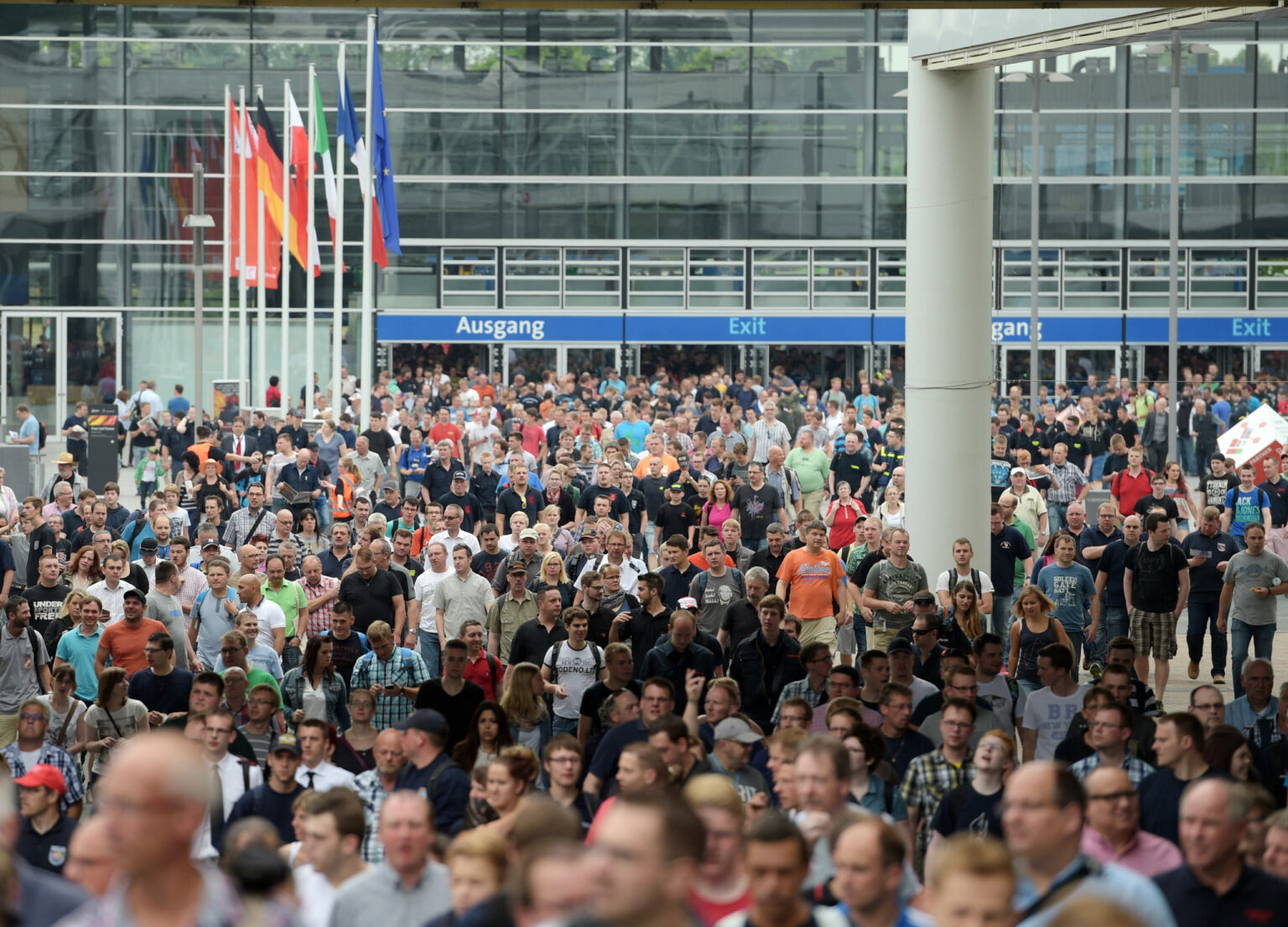Emergency preparedness initiatives in Germany aim to enhance safety
- June 25, 2024
- 10:14 am


Iain Hoey
Share this content
Increased awareness of emergency preparedness
As reported by INTERSCHUTZ, the increasing awareness of the need for emergency preparedness in Germany has led to the establishment of various contact points where citizens can seek help during crises such as blackouts.
Several cities and municipalities have introduced these initiatives, with names like “disaster control lighthouses” in Berlin, Munich, and Cottbus, “emergency lighthouses” in Stuttgart and Burgenland, and “emergency information points” in North Rhine-Westphalia and Dortmund.
The district of Pinneberg in Schleswig-Holstein opted for the term “Emergency Info Points,” aligning with the traditional meaning of “lighthouses” in the region.
Robert Schwerin, Head of Civil Protection at the district of Pinneberg, explained: “The emergency lighthouses were originally a pilot project for Schleswig-Holstein.
“But we eventually agreed on the name Emergency Info Points for the whole state because the term ‘lighthouse’ has a completely different, traditional meaning here.”
Offers of help in disaster situations
Initially, these contact points were designed to address potential energy shortages and related blackouts.
However, their scope quickly expanded to provide assistance in various disaster scenarios.
Schwerin noted: “We also thought it was too short-sighted to place a fire department command vehicle on a junction as a point of contact in such cases.
“Instead, we worked with our local authorities at a disaster prevention summit to consider how something like this could work.”
In Pinneberg, village community centers or town halls in 26 municipalities were chosen as locations for the emergency info points.
These points are categorized from A to C, with category C being the simplest and category A the most comprehensive.
Category C includes round-the-clock staffing during disasters, a first aid kit, communication devices, and a notice board for requests and offers of help.
Different categories and rapid deployment
Category B adds an emergency power supply, facilities for heating baby food and charging medical equipment, and the presence of a first aider.
Category A, the most extensive, includes a warming room, a small medical drop-in clinic, and areas for distributing relief supplies.
According to Schwerin, these points are planned with the Association of Statutory Health Insurance Physicians for medical care during blackouts.
The district plans to have 31 emergency points operational within 12 hours, with 14 in category C and three each in categories A and B.
Schwerin emphasized the importance of pre-disaster planning: “Every municipality knows what to do in the event of a disaster.
“Everyone involved was incredibly cooperative during the development of the concept. It was clear to everyone: it can only work together.”
Tips and assistance for self-protection
Self-protection is also a crucial aspect of emergency preparedness. “Of course, self-protection is always the best protection,” Schwerin stated.
“And taking care of yourself also relieves the burden on aid organizations in the event of a crisis.
“They can then take care of those who can’t help themselves.”
The district of Pinneberg, like many others, has set up a website, sei-bereit.kreis-pinneberg.de, providing tips, assistance, and checklists for citizens.
Civil protection at INTERSCHUTZ 2026
Civil protection will be a major focus at INTERSCHUTZ 2026, scheduled for June 1 to 6 in Hanover.
National and international exhibitors will present solutions and products to address emergency response challenges.

